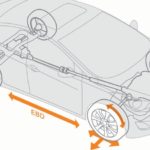Dodge Viper - Model history
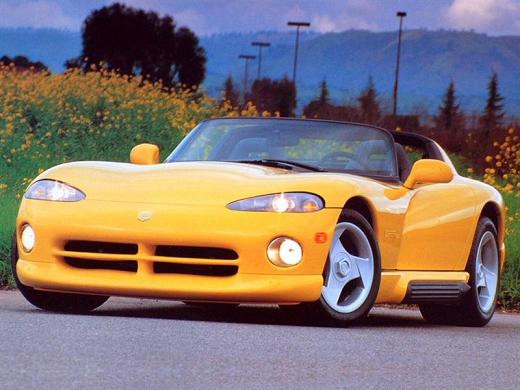
Dodge Viper
One day in February 1988, during a five-minute discussion between Chrysler's President Robert Lutz and designer Tom Gale, was born one of the most important American cars in the 1990s - the Dodge Viper.
Even today, 25 years later, Gale recalls the moment when Lutz called him into his office, showed him a 1960s Shelby Cobra picture, and urgently ordered drawings of the modern version. Lutz wanted a car that would feature modern design and technology, but he didn't have to be electrically controlled, but the driver had to have complete control. This has from the very beginning knocked this car out of Italian competition such as Ferrari i Lamborghini, but because of the planned high price from domestic sports cars such as the Chevrolet Corvette.
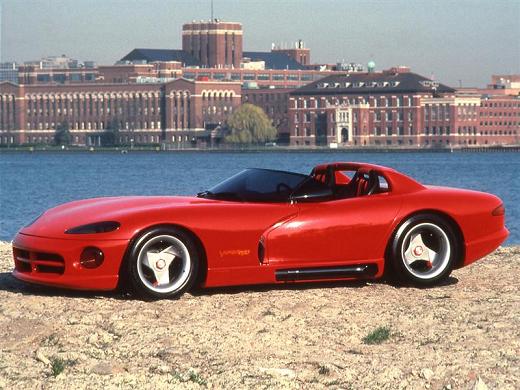
Dodge Viper
Although the Dodge Viper was introduced in the late 1980s, its history dates back much earlier. Specifically, in 1979, then-Chrysler President Lee Iacocca received a $ 1.5 billion loan from the US government after the company plunged into a major financial crisis. Over the years, Iacocca has invested money in small and economical cars (K-Cars) and minivans (Dodge Grand Caravan) that have proven to be huge successes. Chrysler manages to return the money to the state even seven years ahead of time thanks to high profits, which also opened the door for new car development.
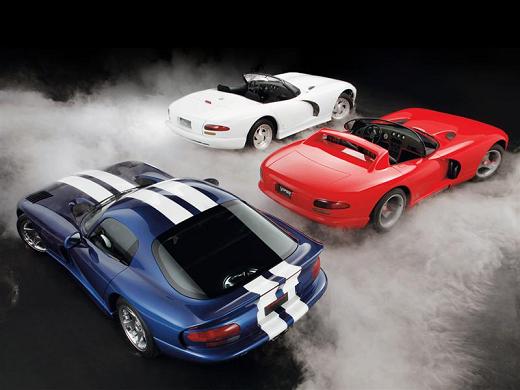
Dodge Viper
One such car was supposed to be sporty design with rear towing and a V8 engine. In mid-1985, the idea was born and the first car drawings known today as the Izod prototype were made. During the same period, Lutz was chairman of the Chrysler Commercial Vehicle Division, which worked on the new engine. This engine was supposed to be available in only the largest vehicles of the company, and after much thought, it was decided that such an engine would be a V10 to compete. Although the said V10 was supposed to feature high torque at low RPMs, Lutz realized that with minimal modifications, such an engine could also power a sports car.
It was to Chrysler's advantage that he collaborated with the legendary Carroll Shelby, which modified Plymouth, Dodge and Chrysler vehicles, to which the idea was presented. After only 90 minutes of discussion, Shelby and Lutz had a general idea of what a Viper was supposed to be - a modern version of the famous Shelby Cobra. Interestingly, Shelby had been waiting for a heart transplant during that period and did not know how long he would live. The idea of a modern version of his famous Cobra seemed like the last major work in the career of one of the icons of the American auto industry.
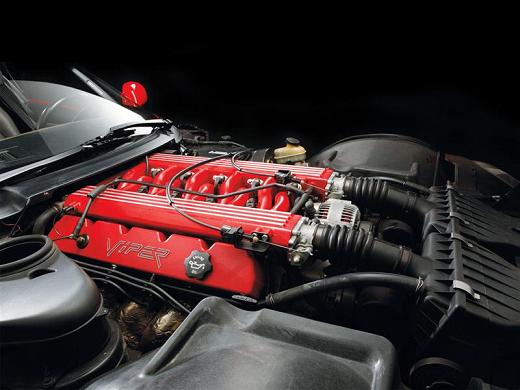
The first prototype was ready in just three weeks after the first drawings were made, but it took three years before work began on the concept as well. For the first time, Lutz saw the concept in 1988 and was surprised that the car looked much more modern than expected, and the design similar to the Cobra was minimal. Namely, although the two cars shared certain characteristics, such as a long hood, short trunk and two seats, the Viper had much more aerodynamic lines.
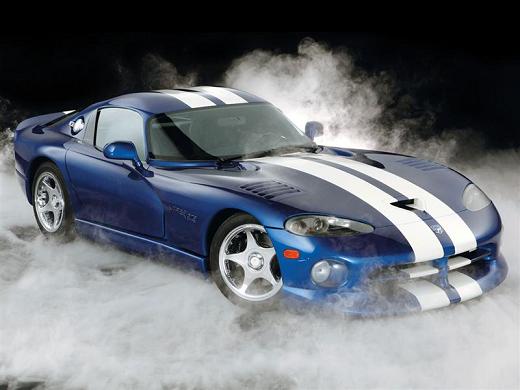
Dodge Viper
Following the example of the Cobra, the Viper was also named after the snake venom, and an official presentation followed at the Detroit Auto Show in 1989. Viper was just a concept back then. In 1990, under pressure from the public, Iacocca announced that Viper would still enter production in limited numbers.
Unlike the period in which it was produced, when even cheap compacts had AWD and seat heaters, the Viper had only basic equipment (early models did not even have air conditioning) and transmitted power to the rear wheels via a six-speed manual transmission. The production model retained an 8.0L V10 engine that developed 400 hp and 609 Nm of torque, and the engine block was made of aluminum from Italian vehicle manufacturer Lamborghini, which was then under Chrysler control. Car & Driver magazine was the first to test the Viper and managed to record acceleration to 100 km / h in 4.4 seconds, which were better numbers than the then best American sports car - the Chevrolet Corvette.
What distinguished the Viper and what made it different from the Italian and German supercars was that it didn't have much electronics and the driver had to struggle a lot to control the car. The official launch followed the 1991 Indianapolis 500, then America's largest race, when Carroll Shelby rode the Viper as a pace car. The first year of production was in 1992 when only 196 copies were shipped. Chrysler has decided to allocate them among 2,800 showrooms depending on the sales numbers of Corvette's largest competitor in previous years.
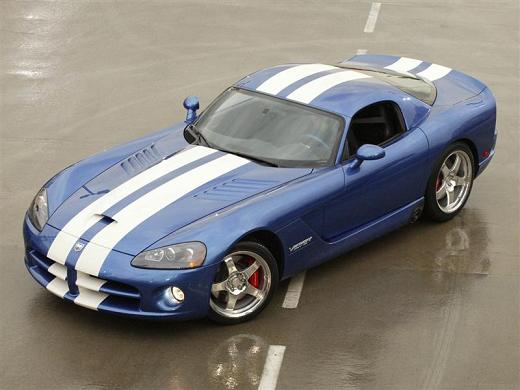
Dodge Viper
Due to low production, some salons claimed as much as $ 100,000 premium at a factory price of $ 55,630, and it was not uncommon for customers to pay $ 200,000 for one of the first models. There were no major changes until 1996, when a GTS coupe was added to the line in addition to the roadster. Rumor says the GTS was inspired by the legendary Shelby Daytona Coupe of the 1960s, and the engine power was increased to 450 hp. Despite its extra power, the GTS was slower than the roadster thanks to its higher weight, with acceleration up to 100 km / h in 4.8 seconds.

Dodge Viper
The next big news came in 1999 when a special ACR (American Club Racer) model was introduced, designed for riders who spend most of their time on the track. In addition to 460 hp, the ACR had sports tires and wheels, a modified suspension and an interior without equipment to maintain minimum weight. By then, the starting price had jumped to $ 86,860, and many began to worry that Viper had not changed much since its official representative.
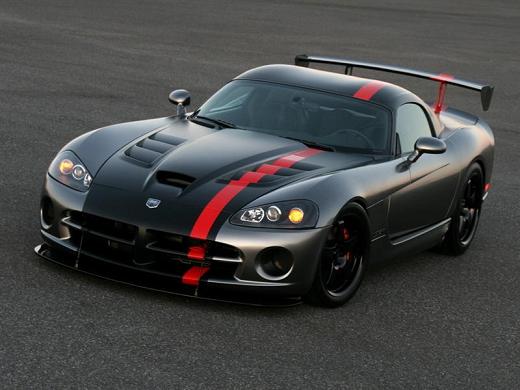
Dodge Viper
As the Corvette began to approach Italian and German rivals in terms of performance and interior quality, the Viper continued to be the modern version of the Cobra, at $ 40,000 more expensive. Pressured by the audience, Chrysler represents the second generation of the 2003 Viper, which retained its predecessor lines but was significantly more civilized. The biggest change was under the hood, which now housed a larger 8.3L 500hp engine, with the weight reduced by 45kg. The first tests showed impressive numbers.
The acceleration to 100 km / h was four seconds, but the big news was the modified suspension with which the Viper could pair with the best American sports cars, such as the Corvette Z06 and Mustang Cobra R. The second generation survived on the market until 2011 when it is off due to poor sales. Meanwhile, competition has advanced to such an extent that the once-impressive Viper has begun to lose its place in the market, to which Chrysler responded by introducing the second-generation ACR with an impressive 600 hp.
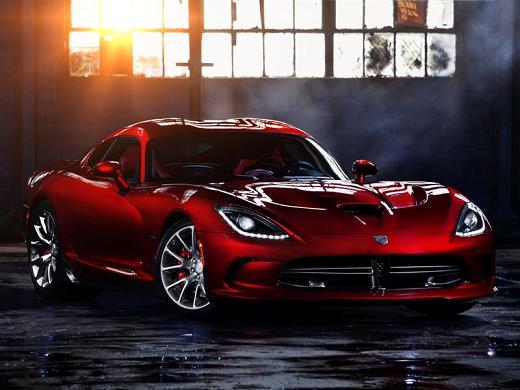
Dodge Viper
Although it could not match its competitors with technology, ACR still holds the record for the speed of the lap on the famous German track Nurburgring. During the late 2000s, Chrysler found itself in a financial crisis again, which resulted in the shutdown of the Viper, but when Italian Fiat bought a majority stake in the company, the idea was reborn. The third-generation Viper, now under SRT (Street & Racing Technology) was unveiled at last year’s Detroit Motor Show and follows the formula of its predecessor.
Although Viper has retained most of its design lines, the more modern design can certainly be noticed. The Viper also retained other features that have graced it in the past, such as the V10 engine, now 8.7L with 640 hp, but with more modern technology by Fiat. Over the years, Dodge has produced about 25,000 copies, giving this car the status of a future classic. We will mention that Viper also recorded remarkable results in motor sport on the European tracks, which gives it the status of a global legend.
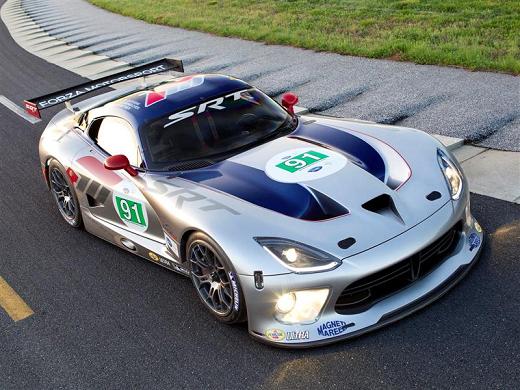
Dodge Viper
Although there are those who believe that his time has passed and that Dodge should have replaced the Viper with a more modern car with full technology, the old saying goes that what works great should not be changed. If you don't believe me, let's tell you that the first place in terms of lap speed at the big Nurburgring is still held by the 2009 Viper ACR…
Author: Talladega
Pictures: Dodge
Retrieved from: www.brzabrzina.com
Recommendation of similar texts:

Hi there, I am Mladen and I am an auto enthusiast. I started this blog years ago to help like minded people share information about latest cars, car servicing ideas, used car info, exotic cars, and auto technology. You will find helpful articles and videos on a wide variety of cars - Audi, Mercedes, Toyota, Porsche, Volvo, BMW and much more. Ping us if you have anything cool to share on latest cars or on how to make older cars more efficient, or just want to say hi!



